Botox Patients Are Getting Younger and Younger—Is That A Bad Thing?
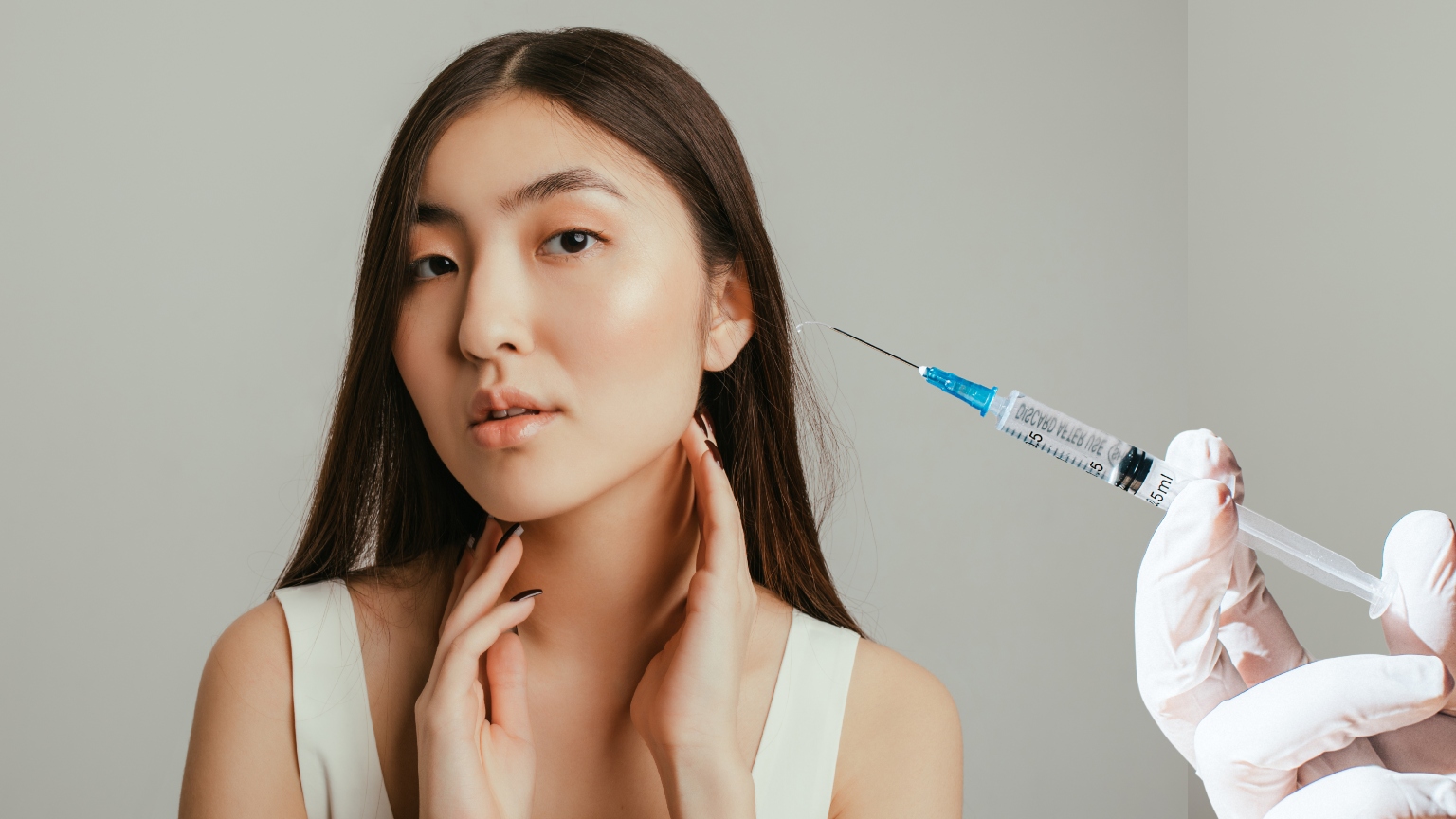
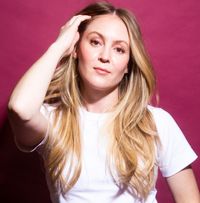
Hailey Bieber hasn’t gotten Botox. In a world seemingly filled with 20-something-year-olds with frozen faces full of neuromodulator injectables (like Botox, Dysport, Daxxify, Jeuveau, and Xeomin), she might be in the minority. On the In Your Dreams podcast, the 28-year-old shared that she’s “made a commitment to myself that I wasn’t going to do any Botox until I was in my 30s. When I get there, I’ll see if I even want to do it."
What was once deemed an "anti-aging" secret, helping those with deep-set wrinkles turn back the clock of aging, is now just as commonplace among those in their early 20s as it is for those in mid-life. Furthermore, some providers seem not only willing, but downright enthusiastic to provide what is classified as “preventative Botox.” Take Sydney Prior, an account executive, who first got Botox injections at 21. “I am from the South, and everyone is so focused on perfection and not aging, so it is so normalized in Texas to start early,” says Prior. “I also heard how preventative it was, even if I did not have wrinkles at the time. I went to a nurse at a plastic surgeon's office, and there was no discussion—she thought it was wonderful and was fully happy to provide the service to me.”
While Botox for a younger audience is raising red flags for some providers, Amy Wechsler, MD, board-certified dermatologist and psychiatrist, thinks it can be beneficial. “If a young person sees they are starting to have small lines at rest in between their eyebrows, for example, and these lines become deep in their family, then treating early will prevent them from ever getting worse,” she explains. However, she notes young people don’t need Botox as often—usually no more than twice a year, and low doses are key. But how young is too young when it comes to injectables?
It’s personal, but many patients typically start in their mid to late 20s, says Catherine Chang, MD, board-certified plastic and reconstructive surgeon. While we’re hearing a lot of younger individuals testing out Botox at young ages, she notes that it's not incredibly common. “In my practice, I rarely see patients under 25 coming in to request Botox,” says Dr. Chang. “When younger individuals do ask, I take time to counsel them to wait unless they have deep wrinkles or lines, or really strong muscles.”
When done on the right patient as they’re starting to get early fine lines...Botox can be a valuable preventative tool.
Dr. Chang
Chang herself began Botox at 26, when she started to notice fine lines “that, if left untreated, could have developed into deeper lines that would be hard to reverse,” she says. “When appropriately done on the right patient as they’re starting to get early fine lines, that’s when Botox can be a valuable preventative tool,” adds Dr. Chang. For teenagers or younger generations, it is unnecessary, she says.
So, it’s real then—Botox is an effective preventative aging tool? Not so fast. “I think preventative Botox is bullshit as a concept, as a whole way of life,” says Shereene Idriss, MD, board-certified dermatologist. “It's like saying, ‘Let me go get a hip replacement preventatively so that I don't need a hip replacement later because steel is better than bone,’” she says.
For writer Carolyn Hanson, TMJ led her to try out Botox at 20. The jaw relief and benefits were so dramatic that she started quickly going in for more injections in the forehead, frown lines, and crows’ feet (or maybe they are called “fledgling” feet when you’re just 20 years old). Despite her young age, she didn’t find a single provider who objected to injecting her. At 28, she’s still going frequently for touch-ups, usually every eight months, and says she hasn’t noticed any negative issues, and that the injections actually help her chronic migraines. “People often get tattoos at 18, and those are much more permanent than Botox,” she notes.
Get exclusive access to fashion and beauty trends, hot-off-the-press celebrity news, and more.
What Are the Risks of Getting Botox Too Young?
However, permanence actually can be an issue with Botox, especially when used too frequently, says Dr. Idriss. For something to be truly preventative, she says, it means you never allow those lines to develop on your face, meaning you have Botox done every three months, making sure it’s always active and muscle movement is at a minimum. “What then happens over time is your muscles become weaker, they will eventually thin out,” says Dr. Idriss. “You'll eventually drop faster because you're only addressing your muscles with preventative Botox, you're not addressing elasticity, you're not addressing your skin tone,” she adds. For someone that does keep to that every-three-month consistency from age 21, she warns, “their eyebrows are going to get flatter, their forehead's going to seem longer, and they're going to appear overall heavier in their forehead, and they're going to have no movement, no sense of self, no ethos of who they are.” Your facial movements keep you looking like yourself. “If you are just absolutely flat and not moving 365 days a year, you are losing the essence of who you are,” says Dr. Idriss.
Writer Alix Tunell has written about beauty and aesthetics for many years. She began getting Botox at 25, and after a decade of injectables, she is about to get a brow lift and upper blepharoplasty. “A decade of neuromodulators has definitely weakened my forehead muscles, and that’s made my hooded eyes look even heavier,” says Tunell. While hooded lids run in her family, she says, treating her forehead lines too aggressively could have caused her brows to droop, or so she’s been told by an oculofacial plastic surgeon. “I’m having the excess eyelid skin removed and getting an endoscopic brow lift, which will slightly elevate and stabilize the brow position while also fixing a bit of asymmetry I have there,” she adds.
Hindsight is also 20/20, says Tunell. “I looked ‘frozen’ and pulled tight in a lot of photos from my 20s, and I’m not sure if that’s because I barely needed it so even a small amount [of Botox] went too far, or if I was getting more than I should have too frequently,” she adds. “But I loved how smooth and taut my skin looked, and I was getting injected pretty religiously every three months from the time I started until around age 32.” She then moved from New York City to Nashville, where she pared back her injectables and beauty routine as a whole. She’s not giving up Botox entirely, probably once a year instead of quarterly after her surgery. “Lines and movement just don’t bother me the way they used to,” says Tunell.
Every person ages differently, but the general rule is [to explore Botox] when lines are noticeable when the face is at rest.
Dr. Chang pushes back on the idea that Botox “freezes” the face or leads to sagging later in life. “It’s possible that a long duration of the use of Botox or a high number of units in a certain location can potentially make them resistant to it, but it wouldn’t necessarily cause sagging later in life,” she says. “One thing to be aware of is that with continued use of Botox, the muscle does thin, which is the desired effect in certain areas. When we talk about the masseter muscle, for instance, we want the area to slim down for some patients. So, while you do have to be careful about how much you’re administering, I wouldn’t be concerned with sagging later in life.” Dr. Change also thinks the concern over younger patients with perpetually frozen faces is a misconception. “I think there’s a gradation to how you can administer Botox, and it can be administered in small units—often referred to as microtox—where you’re using very small aliquots in the forehead and around the eyes to just soften the lines, while still allowing patients to have full movement and control.”
When Is the Best Age to Start Botox?
Well, that’s an almost impossible question to answer. “I hate giving an actual age because there's no absolute number; you can't quantify it,” says Dr. Idriss. Every person ages differently and looks different, but the general rule is usually when lines are noticeable when the face is at rest. “But the reality is most people in the 20- to 25-year-old age bracket don't have those lines,” says Dr. Idriss. “They're being fed this fear that they're feeding into. And ultimately, if they do stick to the every three months Botox, they're probably going to age a bit faster as they get older in the long run because of their muscle activity having zero tone and zero ability to lift their brows, and zero ability to emote,” she says.
The real question might be how to find the right doctor who can help you decide if Botox is right for you. Dr. Idriss suggests finding a provider with whom you align in terms of aesthetic goals. However, finding a good provider goes beyond wanting just Botox and is necessary for any procedure you’re considering, says Dr. Chang, especially for younger patients. “Look for someone who has experience with treating younger patients and who does a lot of what you’re looking to have done, like micro-Botox,” says Dr. Chang. Aesthetic alignment is key, she notes, which means reviewing before-and-after photos, asking for consultations, and seeking out personal referrals from friends or family who’ve had positive experiences to make sure the provider’s artistic vision is in line with yours.
Tunell, who led social and editorial content at the plastic surgery site RealSelf for five years, has some sage advice, too. “I always tell people to stick with one trusted doctor who really gets to know your face over time,” she says. “They’ll track what’s being injected, where, and how much, which keeps things looking natural. When you bounce around between providers, it’s too many cooks in the kitchen, and that’s usually when faces start to look weird and have that uncanny valley effect.”
When in doubt, scan the American Academy of Dermatology’s website for board-certified dermatologist recommendations, adds Dr. Wechsler.
Injectables and Aging
So, neurotoxins for the Zillennial demographic—yes or no? For Dr. Idriss, it’s more about reimagining the aging process through a more body-positive lens. Yes, she believes in doing things to help yourself age well, including plenty of doctor’s office treatments. But, she says, if aging becomes public enemy number one, you're going to be miserable with your face. “You’re never going to out-age the aging process,” she adds.
“I think there’s been a broader backlash to this idea that we have to get Botox and filler on the schedule the manufacturers decided for us,” says Tunell. “A lot of doctors are now talking about how filler stays in the body for years and years, and I think we’ll start hearing more about how constant Botox can weaken muscles and cause brows to drop. Sure, there’s probably some preventative benefit for skin quality, but I do wonder if my skin would look just as good if I’d just focused more on medical-grade skincare, sunscreen, and retinol,” says Tunell.
You’re never going to out-age the aging process.
Dr. Idriss
“I think really thoughtful, conservative Botox makes sense for someone in their 20s who has lines at rest,” she adds. “But I wouldn’t recommend it purely as a preventative if you don’t—it’s just not necessary, and it will always be available when the actual aging starts. So much cosmetic work is aimed at being ageless—but the idea of looking ageless is weird. You should be able to easily tell if someone is 20 or 30. We’re losing that natural progression, and when every feature has been tweaked to 'perfection' and there’s not a single line or blemish or quirk, it falls flat,” says Tunell. “I’m not anti-filler or Botox or plastic surgery by any means, but I do think we need to level-set and get back to a place of unique, interesting beauty versus made-for-Instagram beauty.”
Additionally, a fear of aging—for all people, but especially the younger demographic—worries Dr. Idriss. “If you're not aging, you're dead,” she says. “How do we age in a way that best serves us, where we feel our best and look our best for ourselves? That is the ideal question,” she says. It’s not about shaming anyone or being anti-anything, but rather, doing the right things at the right time for each person. “You have to have that bird's eye view of your life where you are trying to be at least strategic in terms of timing in a way that is positively affecting your mind and your body.”
While overuse of Botox at a young age does worry Dr. Idriss, she still considers it low risk. However, she fears something far less reversible is on the rise.”I think the issue now is going to be like, ‘What about preventative facelifts?’ Has preventative Botox become the gateway to preventative [the] facelift?” Quick, someone ask Hailey Bieber.
Meet the Experts
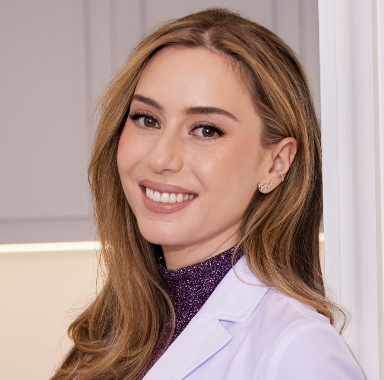
Dr. Shereene Idriss is a board-certified dermatologist, the founder of Idriss Dermatology in New York City, and the founder of the skincare line Dr. Idriss.
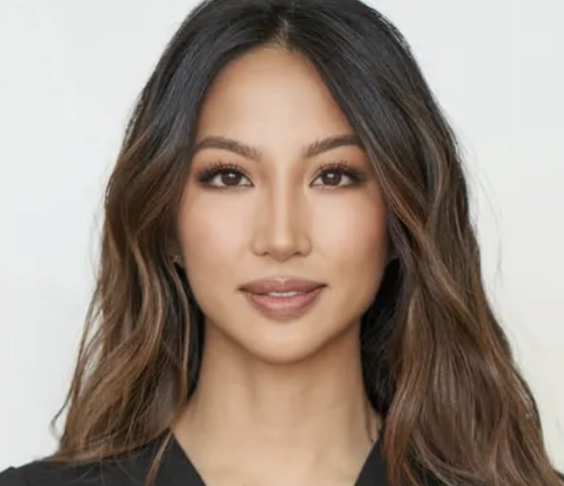
Dr. Catherine Chang is a board-certified plastic and reconstructive surgeon, founder of Prive Beverly Hills, and founder of the skincare line NAKEDBEAUTY MD.

Dr. Amy Wechsler is a board-certified dermatologist and psychiatrist and the founder of Dr. Amy Wechsler Dermatology in New York City.
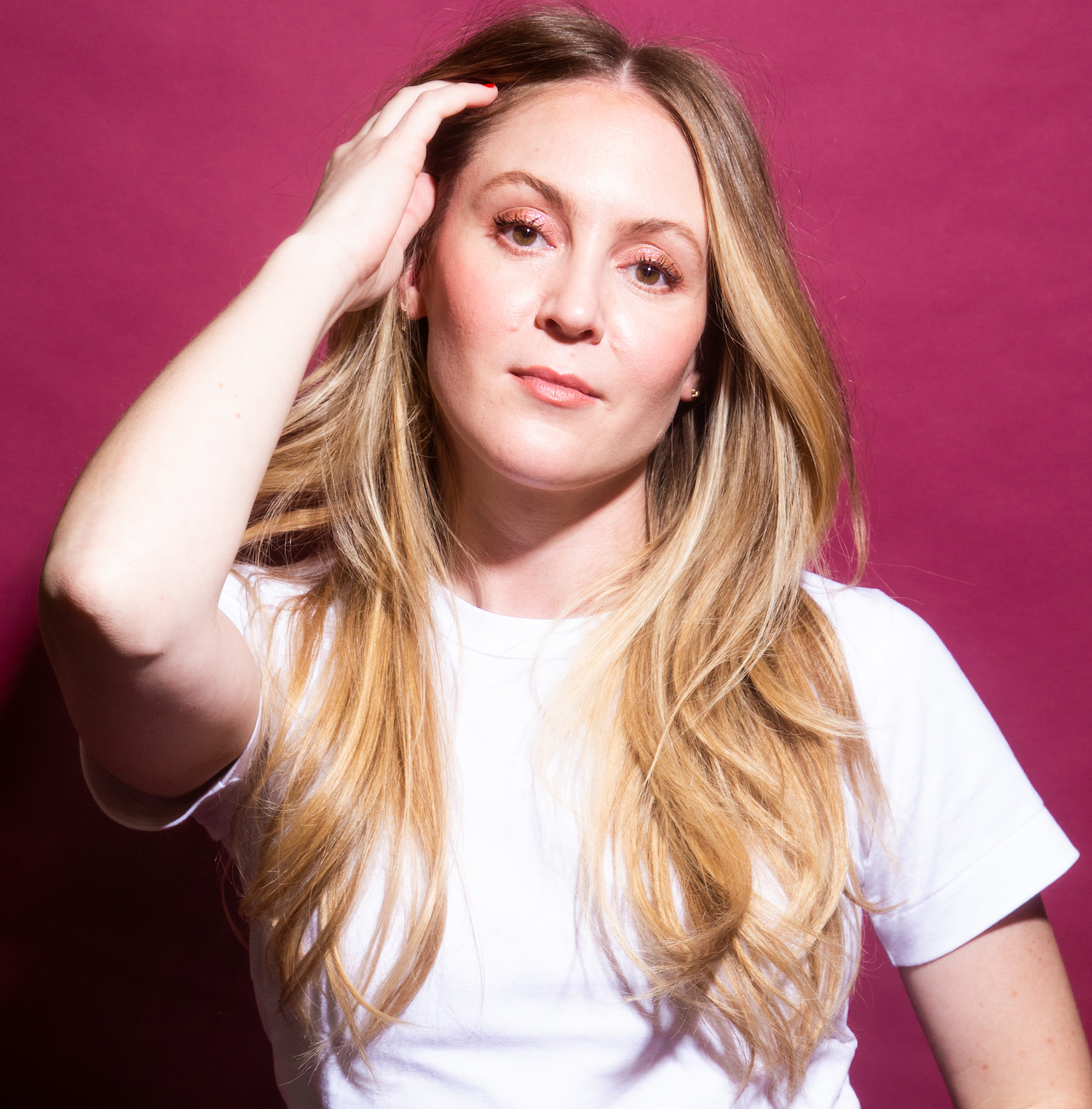
Kristin Limoges is a New York-based wellness and beauty writer. Her expertise is focused on the health and vitality of skin, hair, body, and mental well-being. She was previously the beauty editor at Domino Magazine. Her work has been featured in Harper's Bazaar, Byrdie, 10 Magazine, and Air Mail, among others. She's been passionate about beauty since 5-years-old when she collected magazines and earmarked the beauty sections. (She still does that today, too.) She holds a bachelor's degree in journalism and fashion history from the University of Nebraska at Lincoln (her home state).